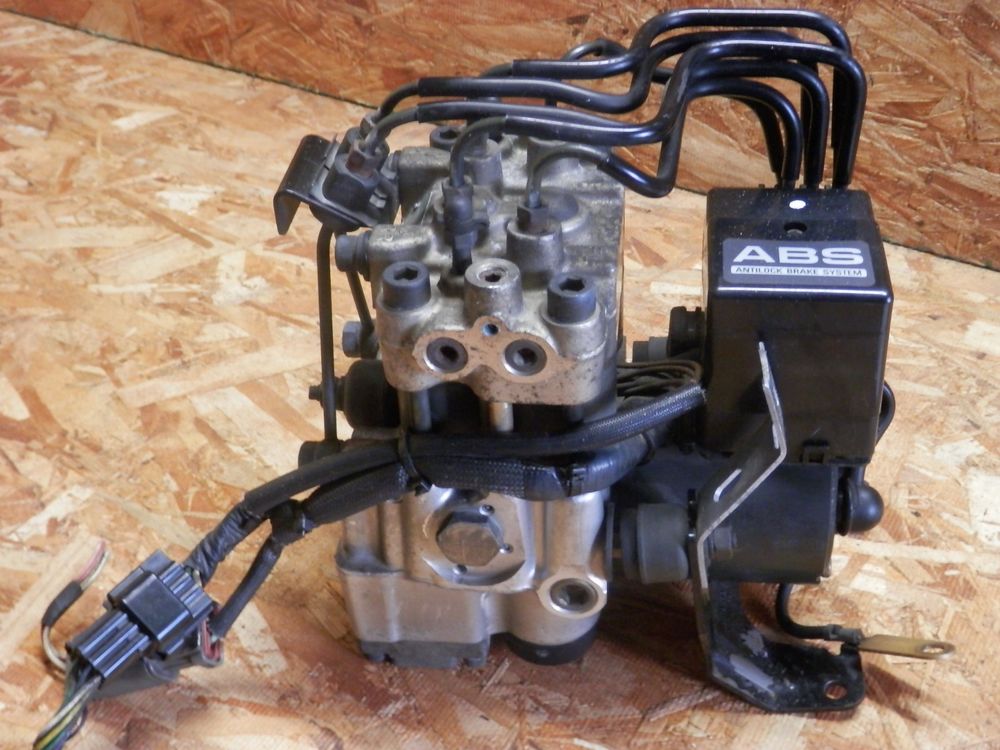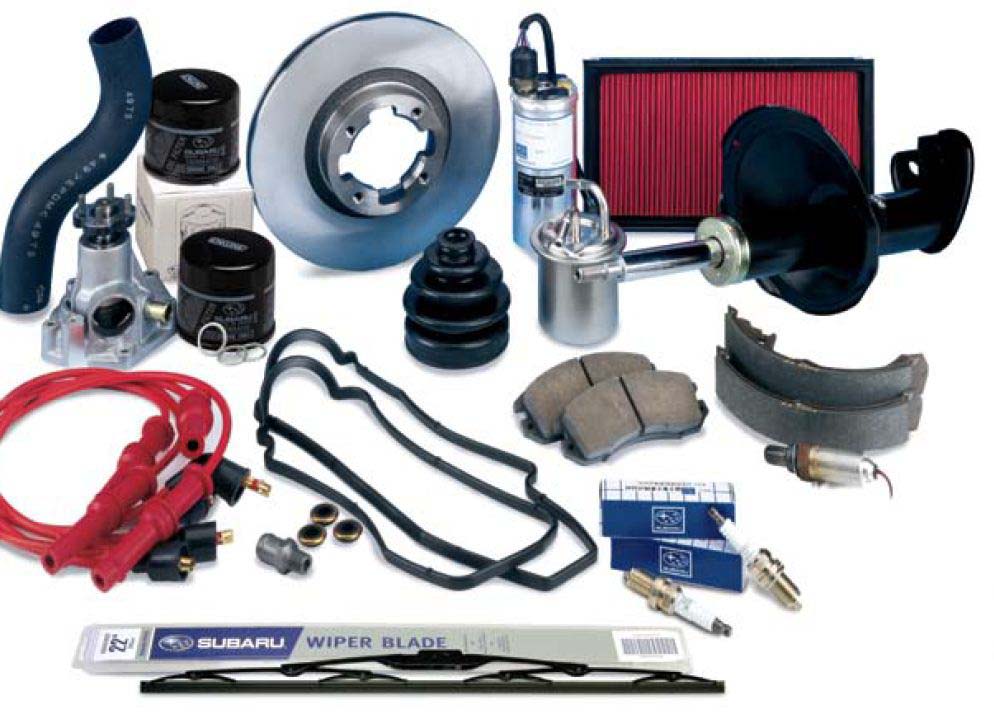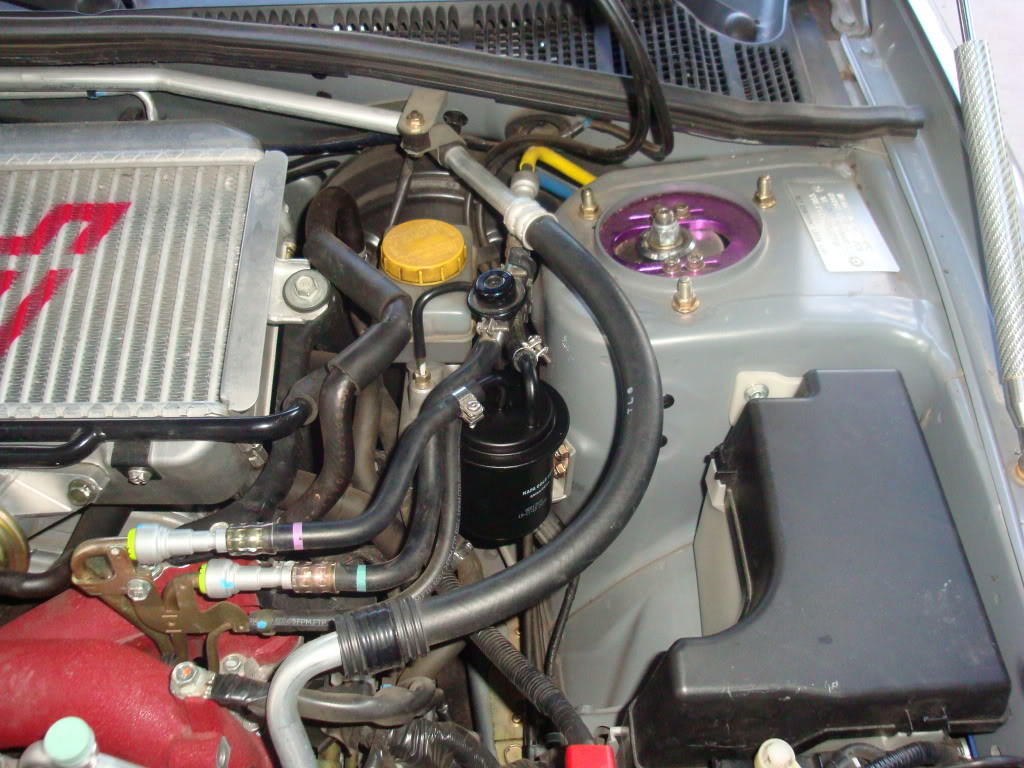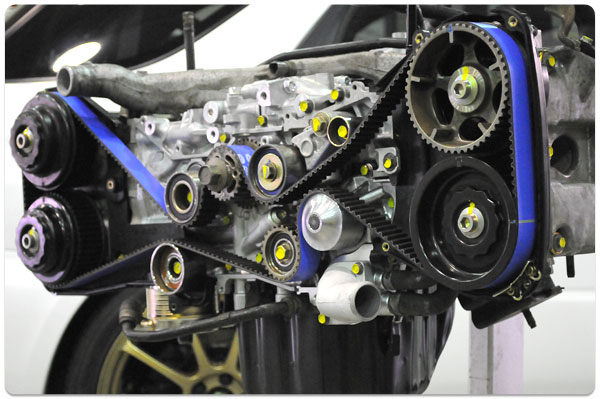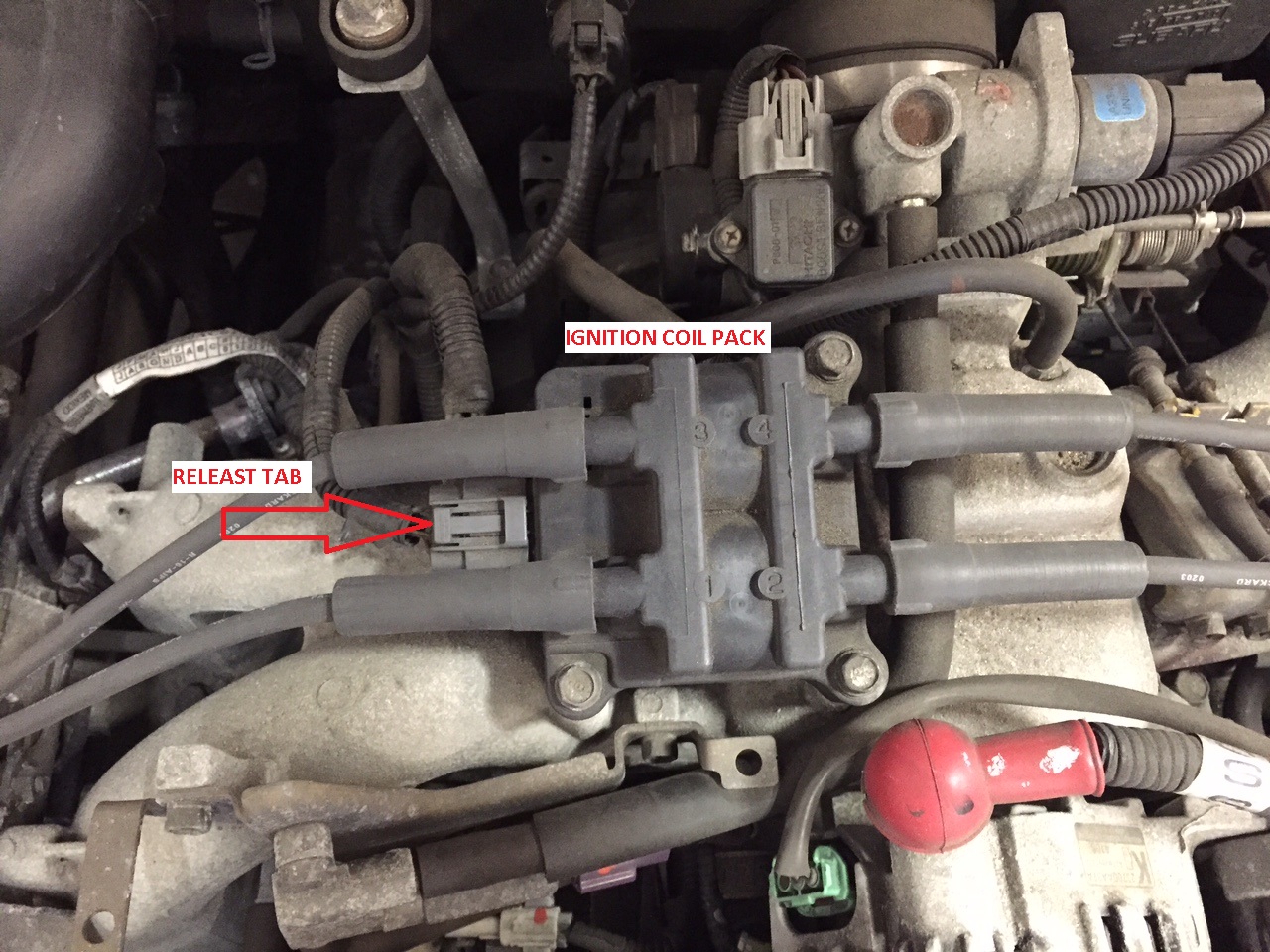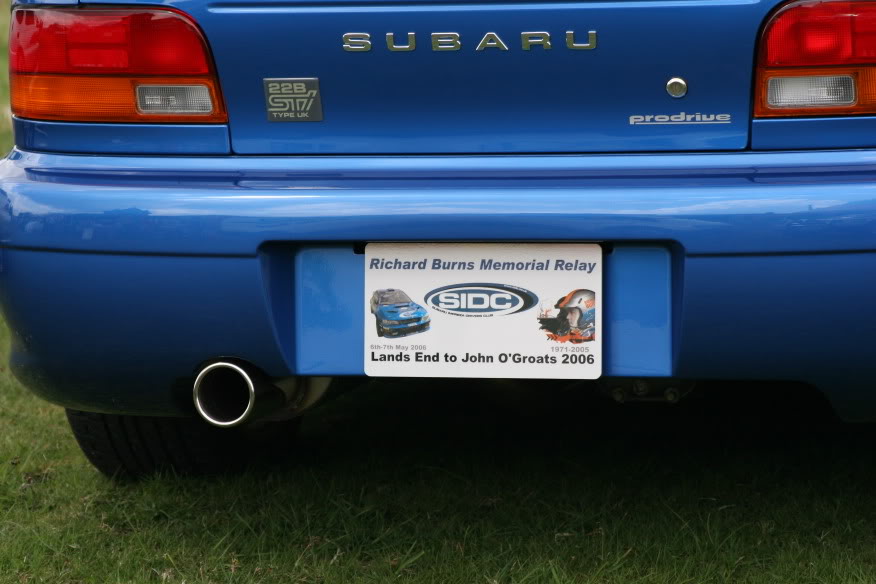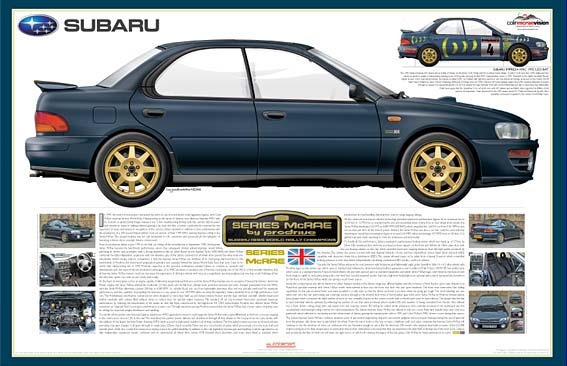Maintenance: Subaru Periodic Vehicle Maintenance Services:
Brake Fluid:
Many late model Subaru vehicles are equipped with ABS braking systems. The added complexity of these systems provides an additional incentive for following the recommended brake fluid replacement interval of 30 months or 30,000 miles. Brake fluid accumulates water and other contaminants over time. These contaminants can attack the internal parts of the brake system, compromising its performance and possibly causing brake failure.
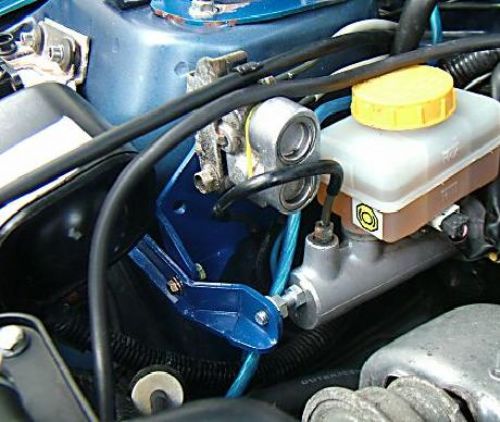
The brake master cylinder has a semi-transparent reservoir, making it possible to check the fluid level without removing the reservoir cover. This minimizes the exposure to outside air and limits the amount of moisture that can reach the brake fluid. The fluid level will drop as the brake shoes and pads wear, but the reservoir is large enough to compensate for these changes. If the fluid level is very low, it’s a sure sign the brake pads or shoes are nearly worn out, or there is a leak in the brake system.
Note: When the brake fluid level in the reservoir tank is lower than the specified limit, the brake fluid warning light in the combination meter will come on.
Subaru warns against mixing brake fluids from different manufacturers. Doing so may degrade the quality of the fluid. Only DOT 3 or 4 brake fluid should be used in any Subaru vehicle preferably Subaru brake fluid if you are not going to do a track day build. Consult the service manual for vehicle specific brake bleeding procedures.
Subaru OEM Brake Fluid:
Subaru SOA868V9220 Brake Fluid – 1 Pint


